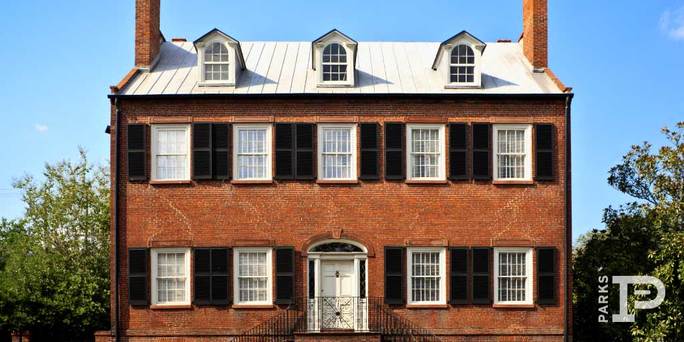
If you’re lucky enough to live in a character-filled historic American home, by now you realize the importance of ensuring that it remains preserved in its historic condition so as to accurately represent the historic period in which it was built.
Many historic homes of significant age have been left to wilt in disrepair for decades, requiring a complete renovation in order to restore their grandeur and beauty. However, if your historic home has been well-maintained, it obviously won’t need a total overhaul to fall in line with its proper design time period.
Regular care, upkeep and repairs (as needed) will guarantee that your historic home holds onto its historic character and curb appeal. What follows is a list of features on the exteriors of historic homes that make the biggest impression. Pay close attention to these areas of your historic home:
- Shutters – From the late 1700s into the early 1900s, proper shutters were used functionally in order to offer protection from the elements (usually rain or hail) while still allowing the homeowner to enjoy the outside air through the shutters’ vented slots. Although shutters are still found on many homes today, they often don’t have the same size dimensions that traditional historic shutters had. Today’s imitation/non-functional shutters are purely decorative; in order to stay in line with your home’s historic period, the shutters should be large enough to cover the entirety of the window(s) they surround when pulled closed (if it were possible to do so).
- Exterior doors – If your historic home’s exterior doors are currently painted white, take a closer look around the edges or in any nicks in the paint. Many historic homes still standing today originally had dark-colored outside doors as well as window sashes. If your home was built in the 1800s or early 1900s, select an extremely dark green or black for at least the front entry door. The window sashes should be painted to match.
- Storm doors – The storm doors we see on homes today were added after the home was originally built and don’t fall in line with the historical design of the rest of the home. To improve the look of your home’s entry, select a storm door with very little paneling or design on it. Opt for full-view so that your (now appropriately dark) front door can shine through. It’s best to choose a storm door made from a material that can easily be painted to match the color of your dark front door, like wood or metal.
- Exterior coverings – Many older homes were covered with siding in the mid-1900s. By removing as much artificial siding (aluminum, vinyl, etc) as possible, you’ll literally be exposing your home’s original design. Ideally, you’ll be able to remove siding from all sides of the home; alternatively, remove as much as possible. Expose the original brick or stone that was used to build the home for maximum curb appeal.
By keeping your historic home within the design styles used when it was built, you’re performing a very important task in helping us hold onto our valuable American history.
Posted by Parks Compass
on

Leave A Comment